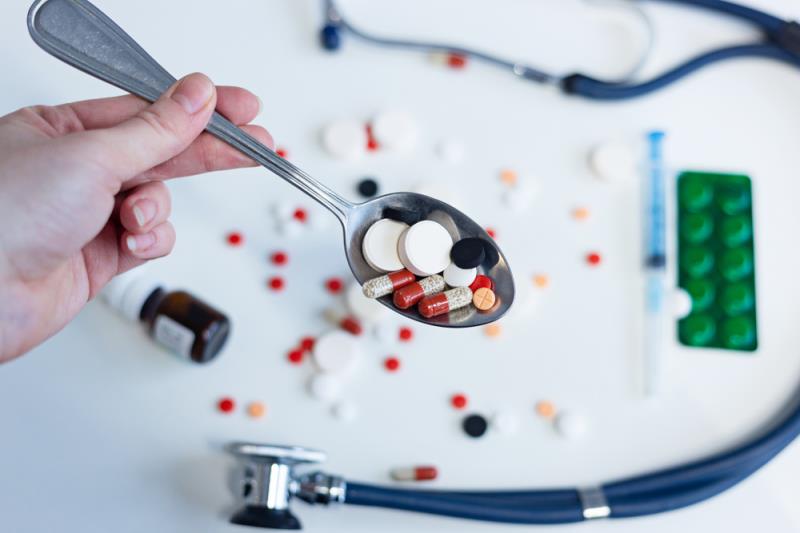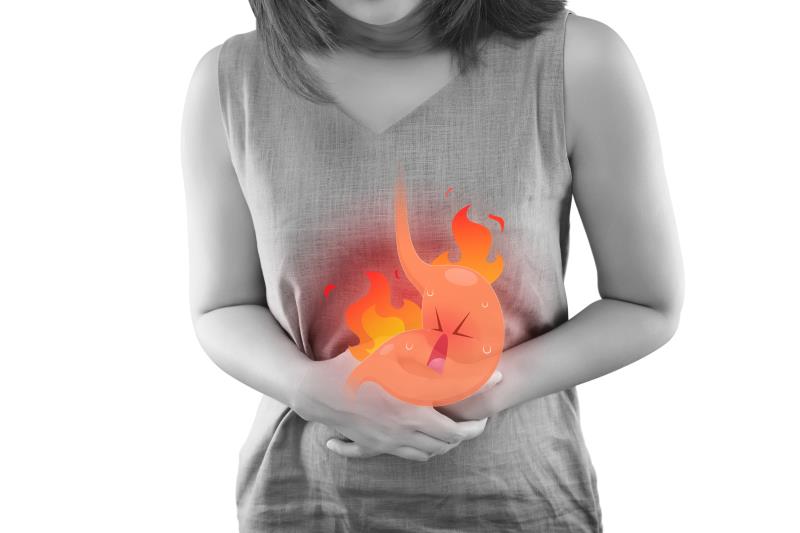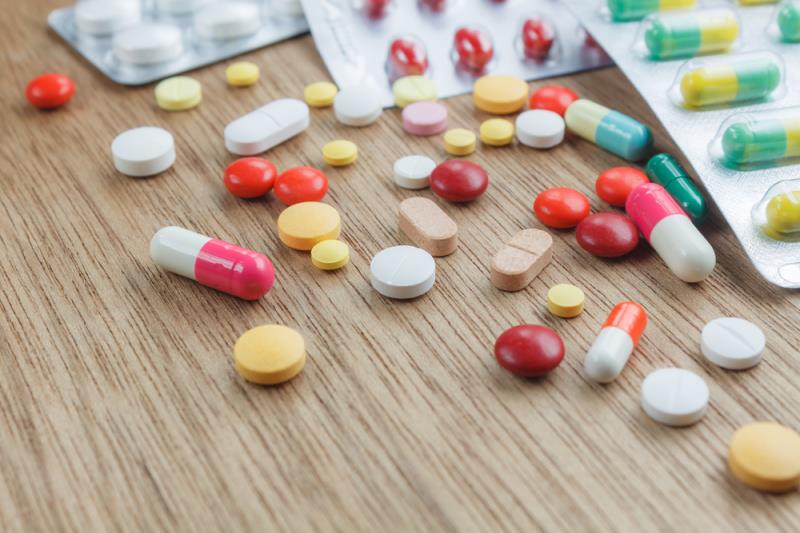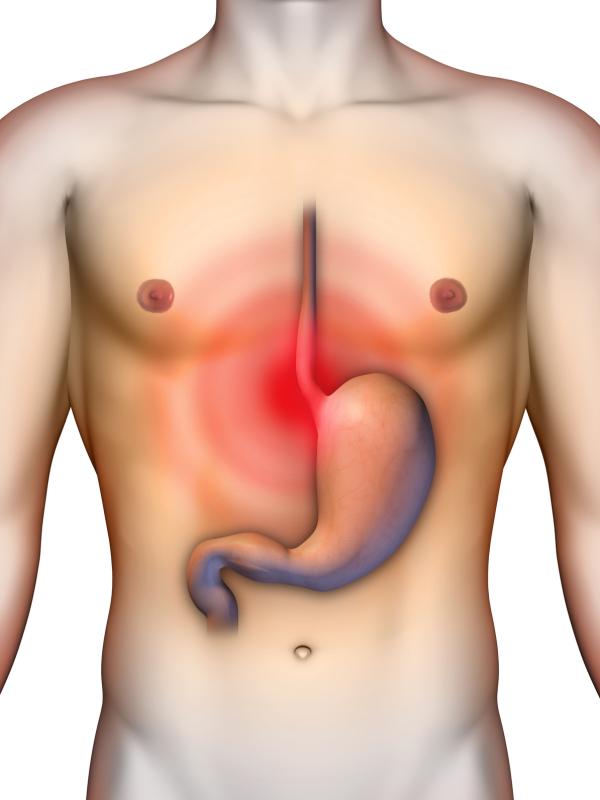Nội dung của trang này:
Nội dung của trang này:
Tổng quan
Gastroesophageal reflux disease (GERD) is a condition that
results from the recurrent backflow of gastric contents into the esophagus and
adjacent structures, causing troublesome symptoms and/or tissue injury, as
stated in the Introduction
section.
The prevalence of
gastroesophageal reflux disease is reported higher in Western countries
compared to Eastern countries. A detailed discussion about the
prevalence of gastroesophageal reflux disease is in the Epidemiology section.
The Pathophysiology section states that gastroesophageal reflux
disease is produced
by various mechanisms such as frequent occurrence of transient relaxation of
the lower esophageal sphincter (LES), or pressure abnormalities in the lower
esophageal sphincter. The development process of gastroesophageal reflux
disease is in this section.
The Risk Factors section discusses the factors that increase
the risk of gastroesophageal reflux disease.
 Gastroesophageal Reflux Disease_Disease Summary
Gastroesophageal Reflux Disease_Disease SummaryHistory and Physical Examination
The Clinical Presentation section discusses the typical symptoms and
other presenting features of gastroesophageal reflux disease.
The History section describes the clinical features of
gastroesophageal reflux disease based on symptomatology and endoscopic
findings. The Physical Examination section lists the findings that are
suggestive of gastroesophageal reflux disease.
Chẩn đoán
Discussions on proton pump inhibitor diagnostic test and
diagnostic tests such as endoscopy, manometry, and ambulatory 24-hour
esophageal in the evaluation of patients with gastroesophageal reflux disease
are in the Laboratory Tests and Ancillaries
and Imaging sections.
Other conditions that should be ruled out in the diagnosis
of gastroesophageal reflux disease are listed in the Differential Diagnosis section.
Xử trí
Treatment goals and principles of empiric therapy in the
management of gastroesophageal reflux disease are explained in the Principles of Therapy section.
The Pharmacological
Therapy section discusses in detail the empiric, maintenance,
and adjunctive therapies in the treatment of gastroesophageal reflux disease.
The Nonpharmacological section discusses the importance of lifestyle
modification in the management of gastroesophageal reflux disease.
Antireflux surgeries such as fundoplication, endoluminal
treatments, and upper esophageal sphincter augmentation as treatment options in
the management of patients with gastroesophageal reflux disease are in the Surgery section.
The Complications
section explains the evaluation and management of refractory gastroesophageal
reflux disease.












